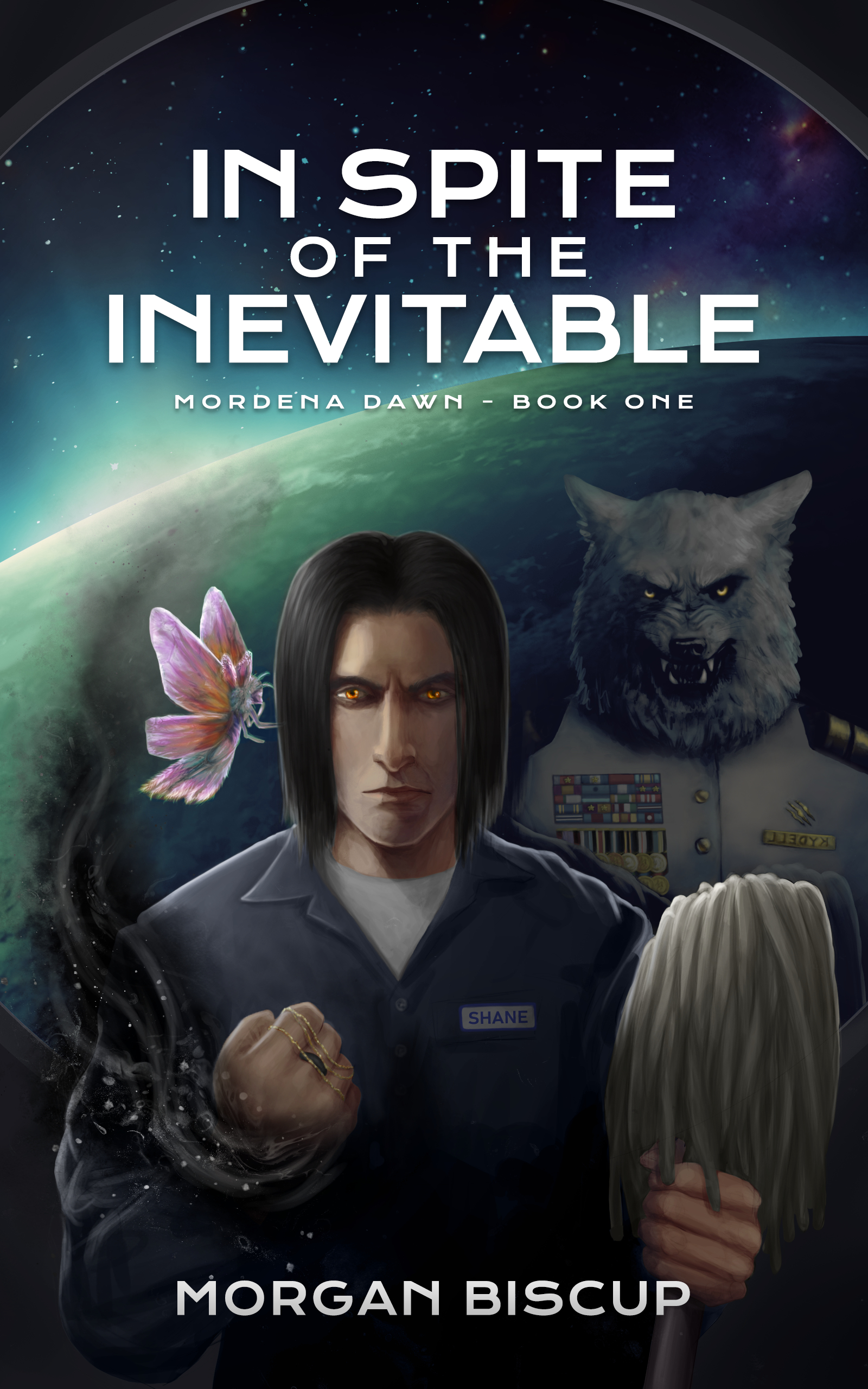Sand Crab
You don't understand. The sand was moving. And then there was claws! And legs, so many legs!Sand crabs are large, twelve-legged crustaceans that live under the sand on the beaches of Ilyana. Many young children - and no small amount of adults - are frightened of them, though they are also considered a staple food across most of the continent.
Basic Information
Anatomy
Sand crabs are round, disc-like crustaceans with hard exoskeletons. They have twelve legs, six on each side, as well as two large front claws. The claws have been witnessed to be strong enough to bend metal.
Genetics and Reproduction
Sand crabs reproduce every two years. The males fight to impress females, who choose the males they wish to mate with. The females then lay their eggs in shallow water, buried under the sand. Each female lays about a hundred eggs at a time, though only half of them will survive to hatch, and less than ten will survive until adulthood.
Dietary Needs and Habits
Sand crabs eat small shellfish that they find under the sand. They also actively hunt fish in the shallow ocean. They have been observed to eat their own young.
Additional Information
Social Structure
Sand crabs are not social creatures. They live alone and only come together during the mating season.
Uses, Products & Exploitation
The sand crab is used mostly for its meat. The meat is traditionally smoked or salted, as it used to be a staple to get fishing communities through the long winter. During mating season, the eggs are harvested and are considered a delicacy.
In the past, the strong shells of the sand crab were often used as shields. They were painted different colours and were good at deflecting both blunt and piercing weapons.
Lifespan
Up to 60 years
Average Length
1 metre across




This was good—clear, precise, kept me reading—and then it leapt to great with the mention of Sand Crab Shields!
Thank you, Chris! :D
Explore Etrea